Artificial Metalloenzymes for Biocatalysis, Biosensing and Imaging
2020-03-10
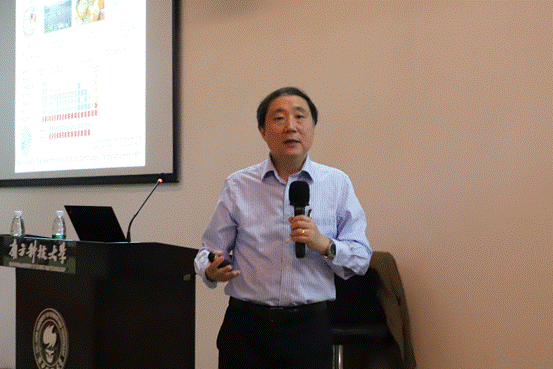
Professor Yi Lu
Guest Introduction
Prof. Yi Lu received his B.S. degree from Peking University in 1986, & Ph.D. degree from UCLA in 1992. After two years of postdoctoral research in Prof. Harry Gray group at the Caltech, Prof. Lu started his independent career in UIUC in 1994. He is Jay and Ann Schenck Professor of Chemistry in the Departments of Chemistry, Biochemistry, Bioengineering and Materials Science and Engineering. He published more than 350 papers (e.g. Nature, Science, Chem. Rev., Chem. Soc. Rev., Nat. Chem., Nat. Nanotech., Nat. Chem. Biol., Acc. Chem. Res., Annu. Rev. Anal. Chem., JACS, Nano Lett., ACS Nano, PNAS, Adv. Mater., ACIE). His H-index & citations (Google scholar) are 91 & >34,200, respectively. He was elected to be Fellows of RSC & AAAS.
His research interests lie at the interface between chemistry & biology: a) Design and engineering of functional metalloproteins as environmentally benign catalysts in renewable energy generation & pharmaceuticals; b) Fundamental understanding of DNAzymes & their applications in environmental monitoring, medical diagnostics, and targeted drug delivery; & c) Employing principles from biology for directed assembly of nanomaterials with controlled morphologies and its applications in imaging & medicine.
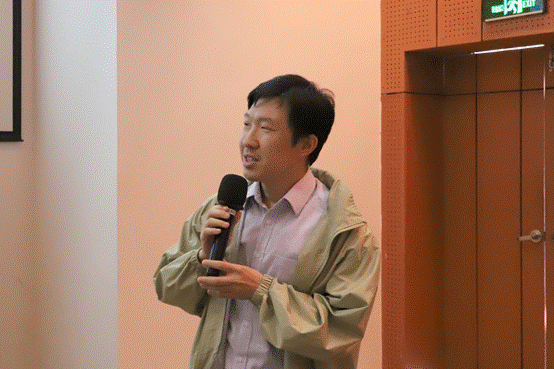
Professor Lung Wa CHUNG is hosting the lecture
Lecture Detail
Metalloenzymes play important roles in numerous biological processes. In this Lecture, Professor Lu presented his works on design of complex functional artificial metalloenzymes by using simpler proteins (e.g. Mb) to catalyse challenging multi-electron redox reactions (such as heme-copper oxidase, heme-non-heme iron nitric oxide reductase and heme-[4Fe-4S] cluster in sulfite reductase). He demonstrated that non-covalent interactions (including water and hydrogen-bonding network) play the critical roles to attain high activity in functional artificial metalloenzymes, comparable to those of native enzymes. Using Tyr or non-natural amino acids (fluorinated Tyr) were further showed to be important in the oxygen reduction reaction in artificial heme-copper oxidase.
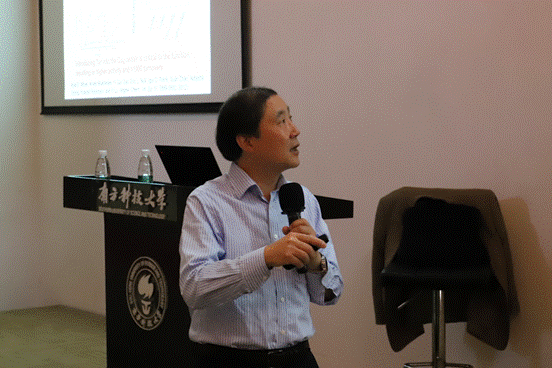
In the lecture
In the second part of his talk, Professor Lu showed that it is possible to employ in vitro selection approach to obtain many DNA library for DNAzymes that can be specific binding with several metal ions (e.g. Li, Na, Fe(II) and Fe(III) ions). Development of sensors by using such DNAzymes can detect and quantify metal ions with high sensitivity (down to ppt level) and high metal selectivity (up to millions folds). Moreover, modification of common and cheap glucose meters as the bio-sensors can broaden range of real bio-sensor applications.
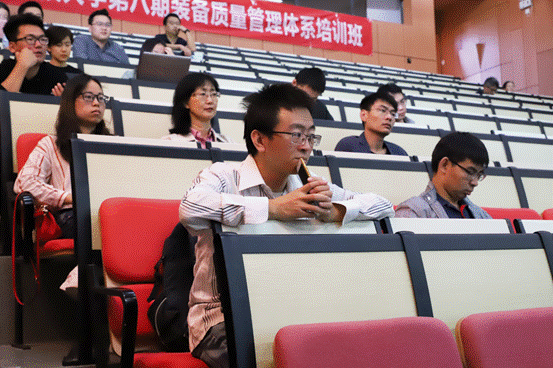
Audiences are listening the lecture
Finally, Professor Lu presented his very recent works by combining metal-selective DNAzymes with fluorescent proteins for bio-imaging in living animals (such as zebrafish).
Q&A Session
In this Q&A Session, students asked some questions, and Prof. Yi Lu gave a detailed answer one by one.
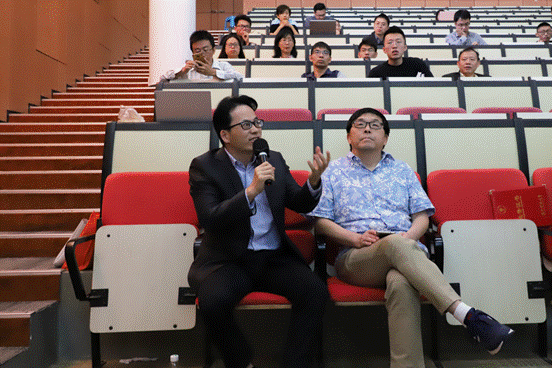
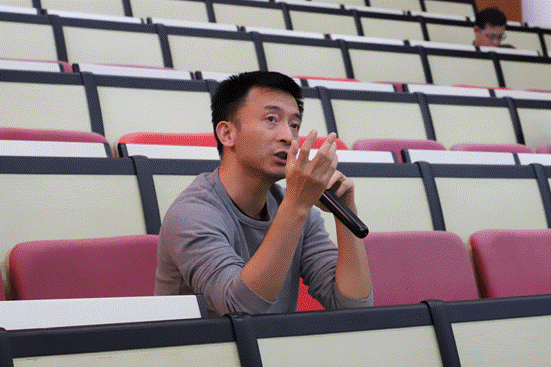
Audiences are asking question
To express our welcome and gratitude to Prof. Yi Lu, Professor Chuangchang Li, the Associate Head of Department of Chemistry, represents our certificates to Prof. Yi Lu on behalf of College of Science in the end of the lecture.
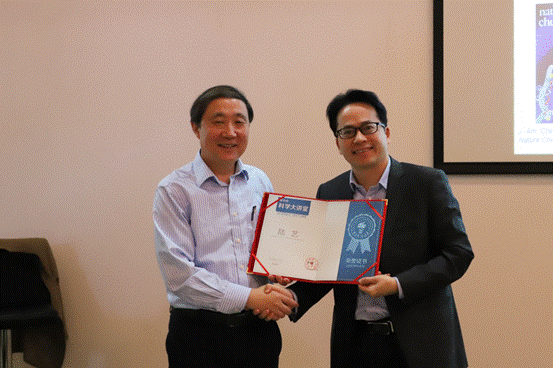
Prof. Lu Yi and Prof. Chuangchang Li
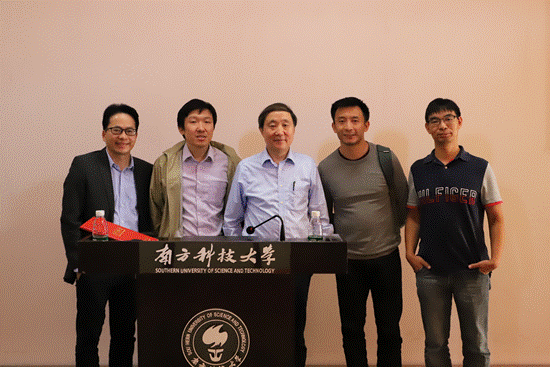
In the end of the lecture




